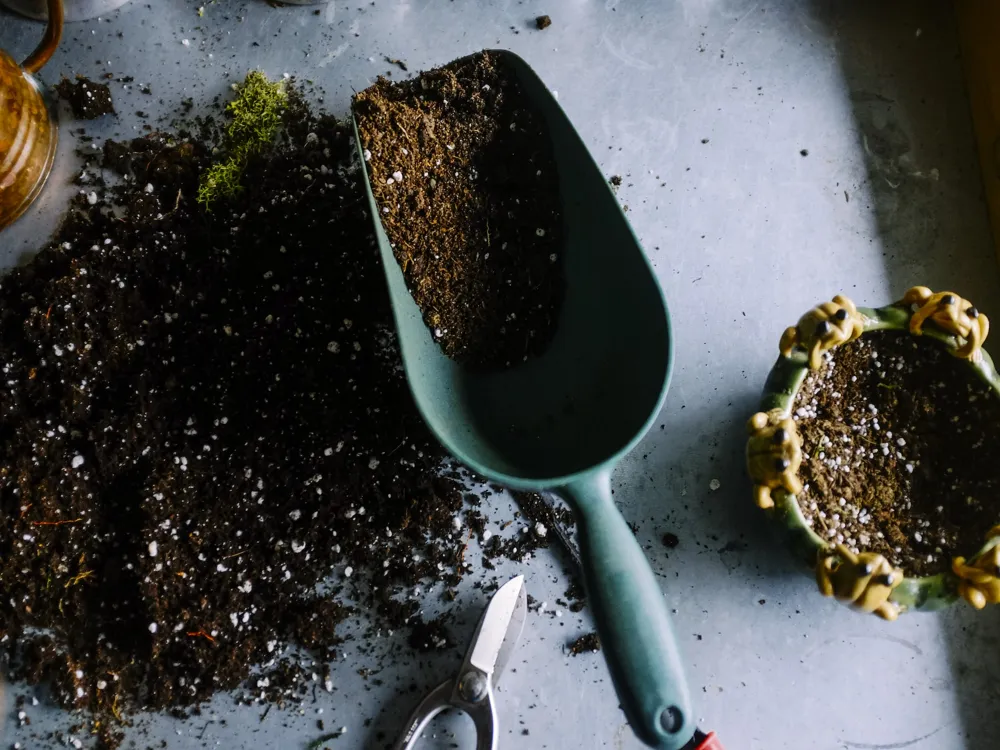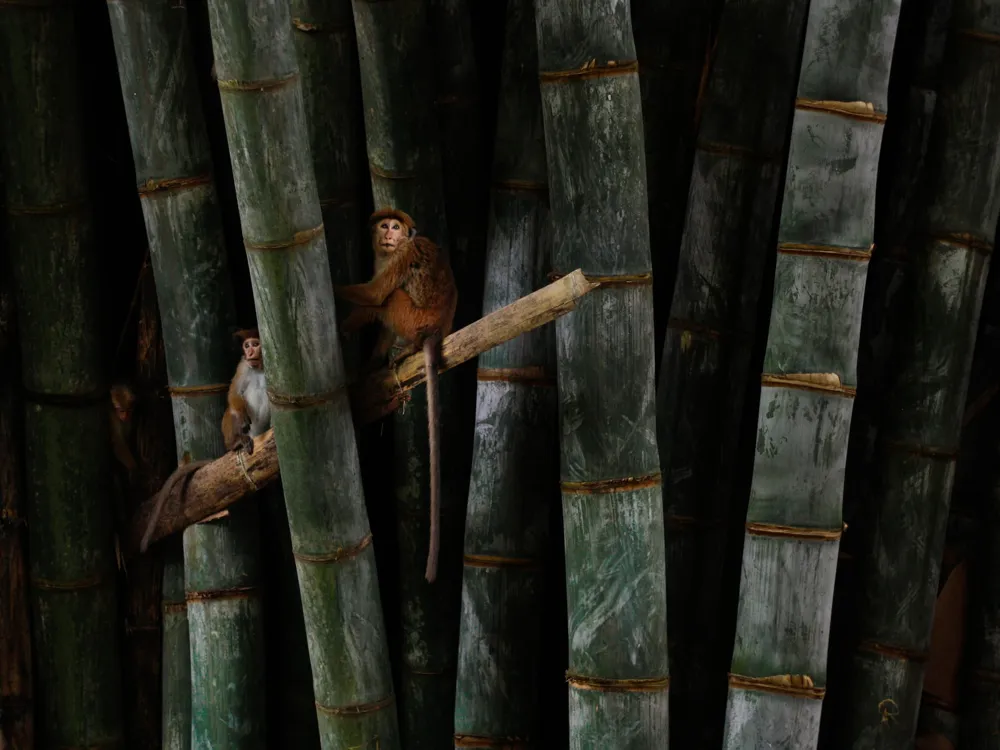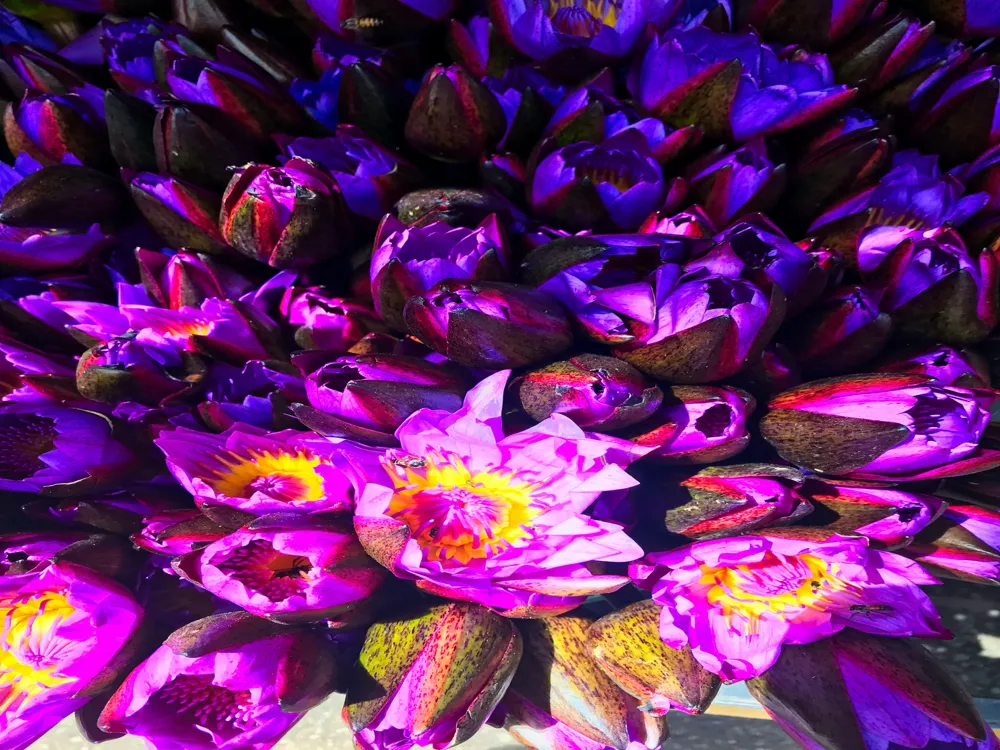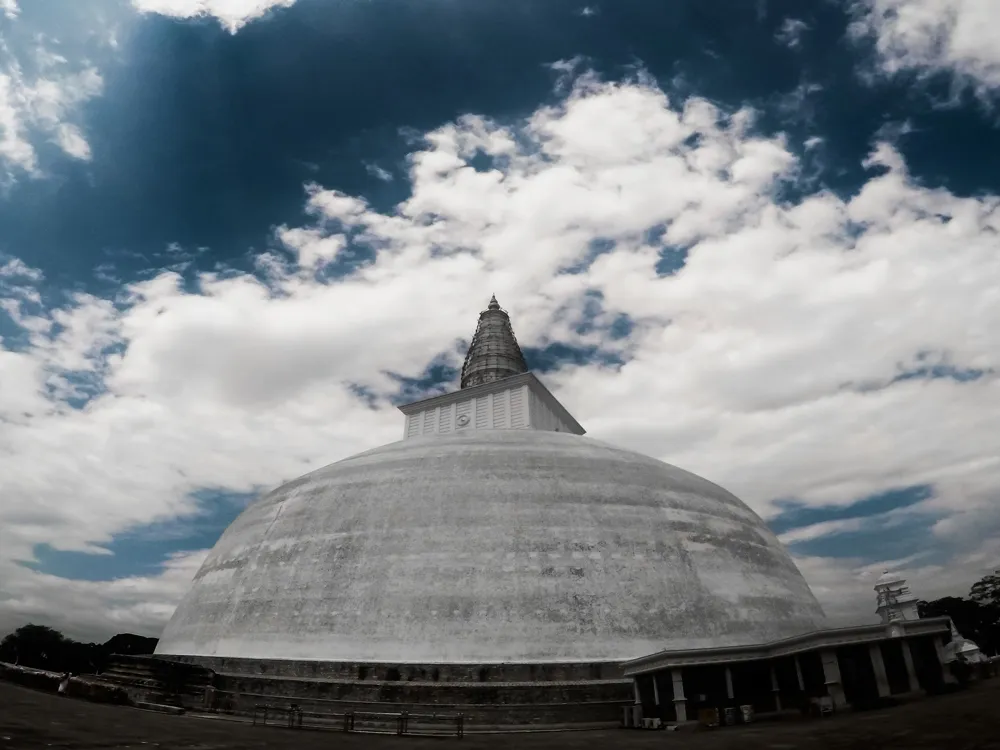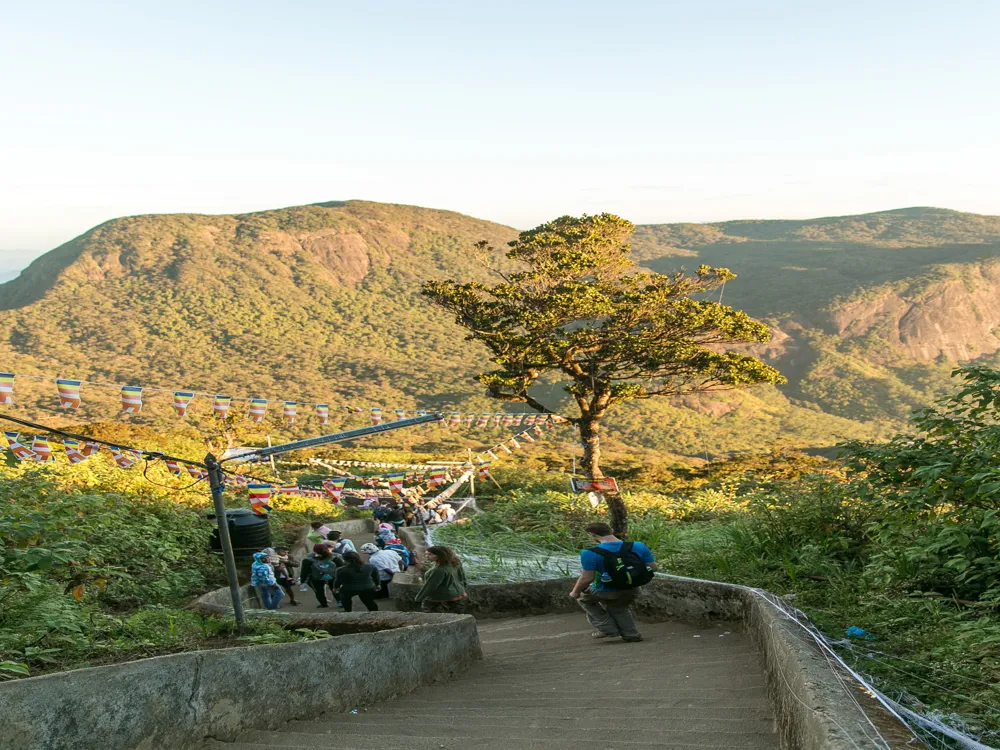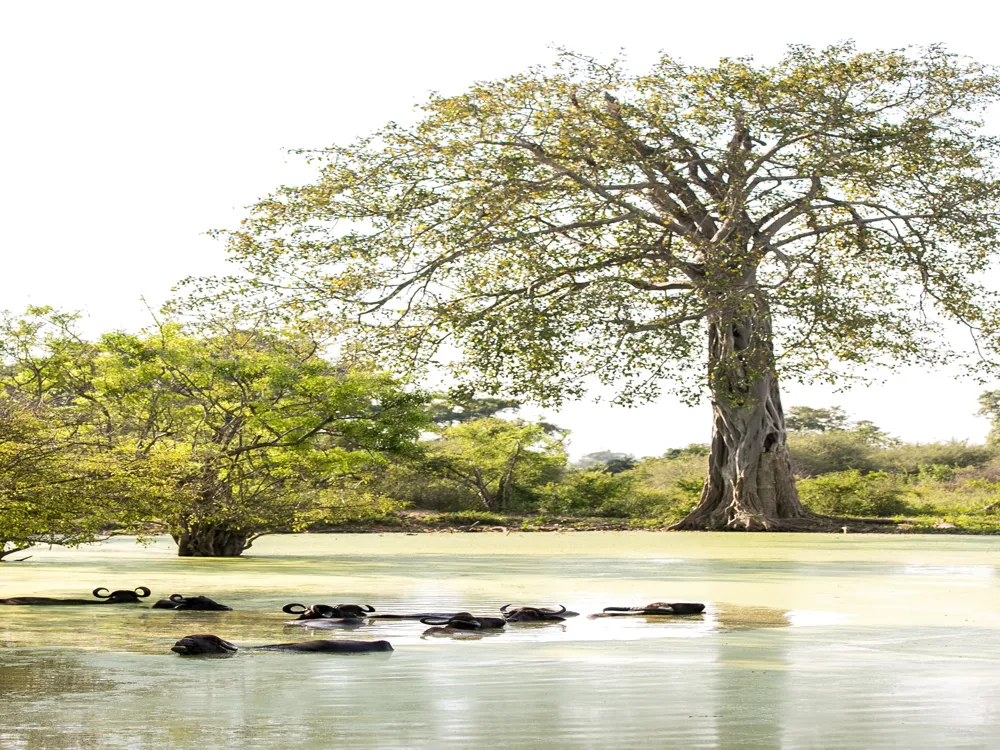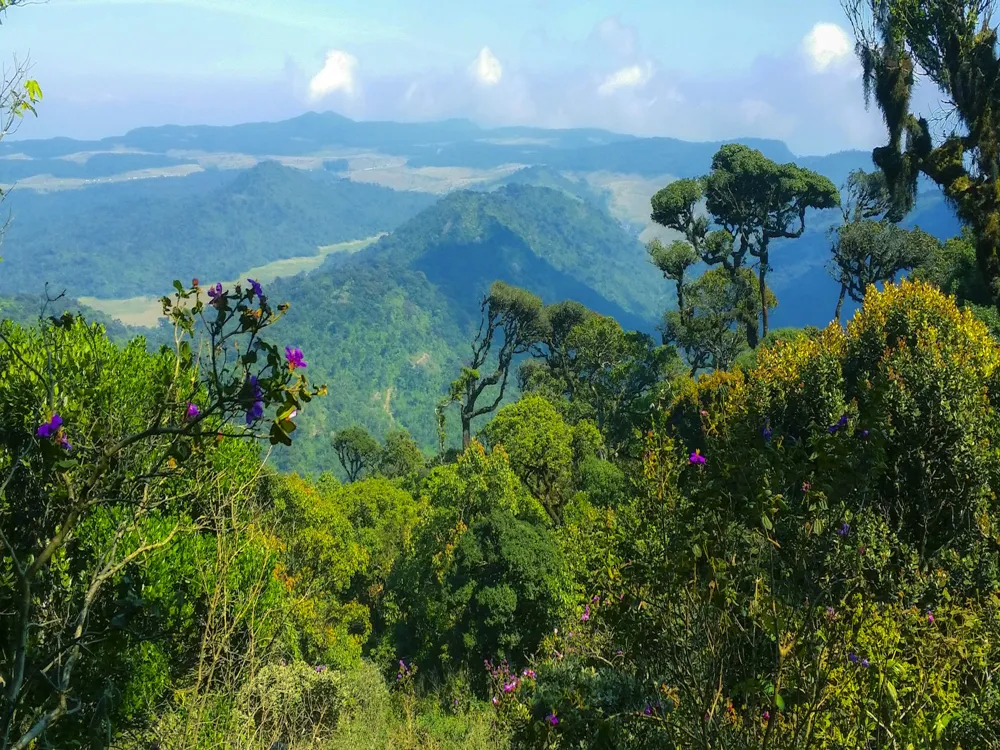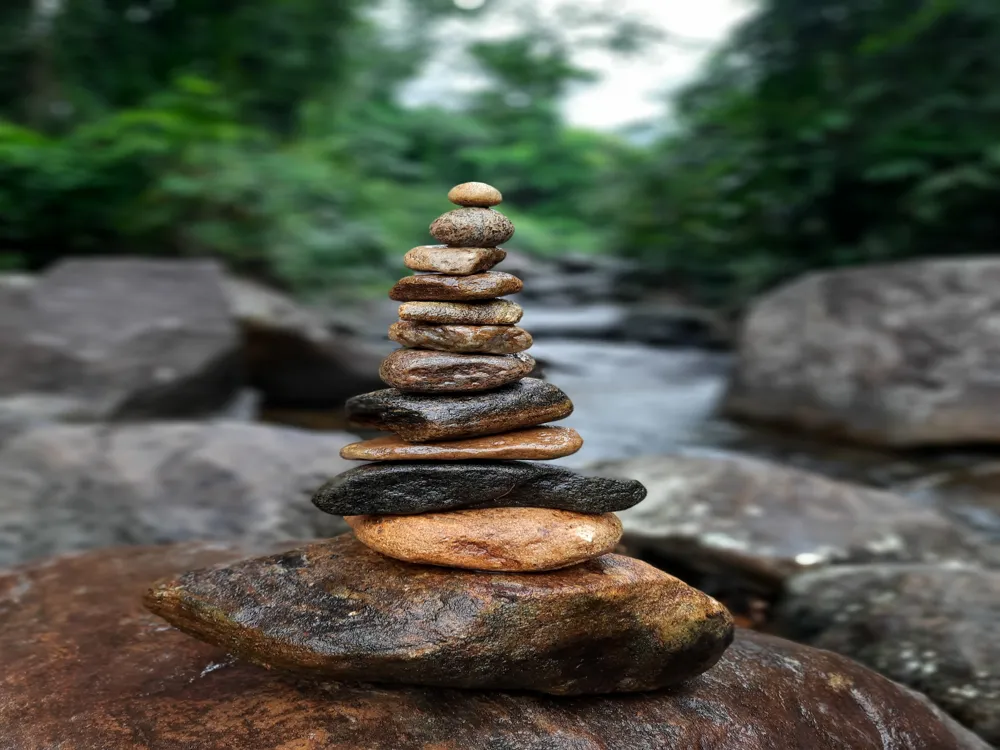Nestled in the lush landscapes of Kandy, Sri Lanka, Ranweli Spice Garden is a haven for nature and botanical enthusiasts. This exquisite garden is not just a showcase of Sri Lanka’s rich biodiversity but also a testament to the country's deep-rooted spice history. Spanning over a significant area, the garden is home to a myriad of spices, medicinal herbs, and aromatic plants. The history of Ranweli Spice Garden is intricately linked with Sri Lanka's colonial past, where spices like cinnamon, cardamom, and nutmeg played pivotal roles in the global spice trade.
Visitors to Ranweli Spice Garden are greeted with an array of vibrant greenery and the enticing aromas of fresh spices. The garden's layout is thoughtfully designed to provide an immersive experience. Informative tours guide visitors through the winding paths, explaining the uses and benefits of each plant. These tours are not only educational but also an olfactory delight, offering a chance to smell and even taste some of the world's freshest spices. The garden also plays a crucial role in conservation, preserving traditional knowledge and practices related to Sri Lankan spices and herbs.
The architecture of Ranweli Spice Garden in Kandy is a harmonious blend of natural beauty and thoughtful design. The garden's layout respects the natural topography of the land, with pathways and structures following the contours of the terrain. Traditional Sri Lankan architectural elements are evident throughout the garden. The use of local materials like wood and stone in construction gives the space a rustic, earthy charm while also promoting sustainability.
One of the key architectural features of the garden is its open-air pavilions. These pavilions serve as educational spaces and rest areas for visitors, offering panoramic views of the surrounding greenery. The roofs of these pavilions are typically thatched, a nod to traditional Sri Lankan building techniques. This thatching not only provides shade but also blends seamlessly with the natural environment. Water features like ponds and small streams are integrated into the landscape, enhancing the serene atmosphere and supporting the garden's diverse ecosystem.
The ideal time to visit Ranweli Spice Garden is during the cooler months from December to March. This period offers pleasant weather, enhancing the overall experience. Opting for a guided tour can enrich your visit, as knowledgeable guides provide insights into the history and uses of various spices and plants. Comfortable walking shoes and light, breathable clothing are recommended for a comfortable experience exploring the garden's paths. Photography is allowed, but it's important to be respectful of the garden's natural environment and avoid damaging plants.
Ranweli Spice Garden, located in Kandy, is easily accessible by various modes of transport. Visitors can opt for public buses or trains for an economical journey. For a more comfortable experience, taxis or private vehicles can be hired. The garden is situated close to major tourist attractions in Kandy, making it a convenient addition to any travel itinerary in the region.
Overview of Ranweli Spice Garden in Kandy
Architecture of Ranweli Spice Garden
Tips When Visiting Ranweli Spice Garden
Best Time to Visit
Guided Tours
What to Wear
Photography
How To Reach Ranweli Spice Garden
Ranweli Spice Garden
Kandy
₹ 13,368 onwards
View kandy Packages
Weather :
Tags : Farms & Plantations
Timings- : 7:45 AM – 5 PM
Planning a Trip? Ask Your Question
Kandy Travel Packages
View All Packages For Kandy
Top Hotel Collections for Kandy

Private Pool

Luxury Hotels

5-Star Hotels

Pet Friendly
Top Hotels Near Kandy
Other Top Ranking Places In Kandy
View All Places To Visit In kandy
View kandy Packages
Weather :
Tags : Farms & Plantations
Timings- : 7:45 AM – 5 PM
Planning a Trip? Ask Your Question
Kandy Travel Packages
View All Packages For Kandy
Top Hotel Collections for Kandy

Private Pool

Luxury Hotels

5-Star Hotels

Pet Friendly







